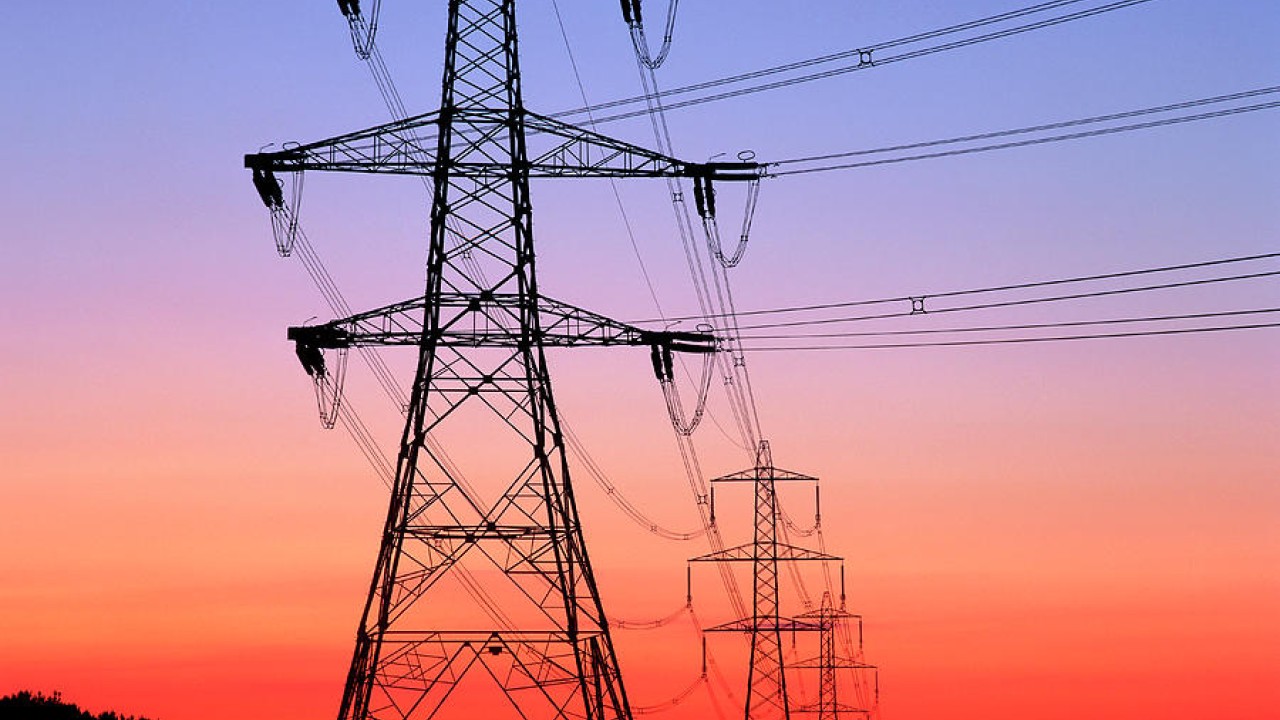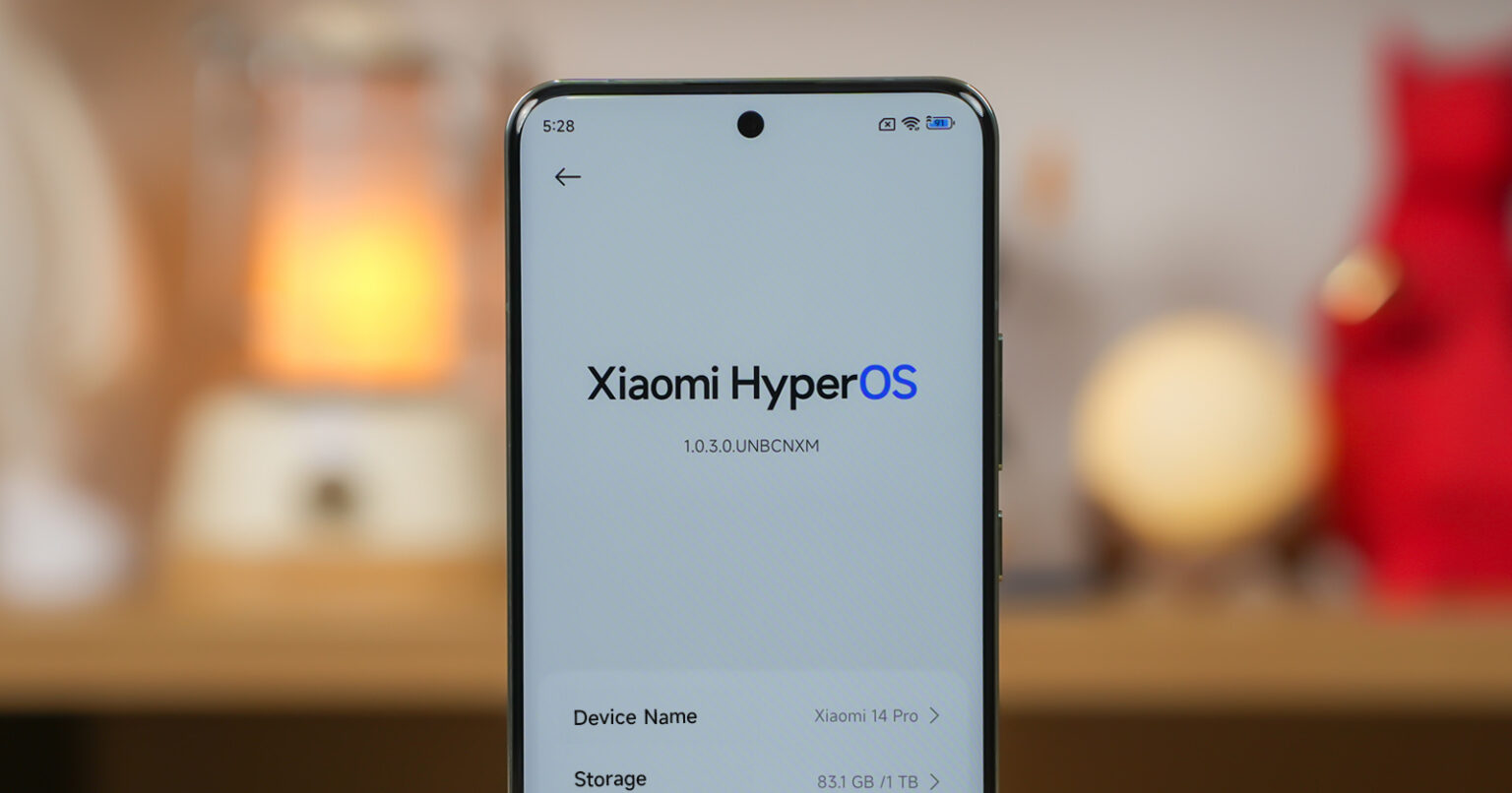India and Saudi Arabia have agreed to link their power grids, a significant development that could help to improve energy security and reliability for both countries.
India is facing a growing demand for electricity, while Saudi Arabia has a surplus of energy. By linking their power grids, the two countries could share energy resources and reduce their reliance on imports. This would be especially beneficial during times of peak demand or when there are disruptions to the power supply.
The link is expected to be completed by 2027 and could transmit up to 2,000 megawatts of electricity between the two countries. This would be enough to power around 2 million homes.
The project is still in its early stages, but it has the potential to be a major success. It would be a win-win for both India and Saudi Arabia, and it could help to pave the way for similar projects in the future.
Benefits of linking power grids
There are several benefits to linking power grids between countries. First, it can help to improve energy security. By sharing energy resources, countries can reduce their reliance on imports and become more self-sufficient. This is especially important for countries like India, which is facing a growing demand for electricity.
Second, linking power grids can help to improve reliability. By sharing power during times of peak demand or when there are disruptions to the power supply, countries can ensure that their citizens have access to reliable electricity.
Third, linking power grids can help to reduce emissions. By transmitting electricity from renewable energy sources in one country to another, countries can reduce their reliance on fossil fuels and their associated emissions.
Challenges of linking power grids
There are also some challenges associated with linking power grids between countries. One challenge is technical. Power grids need to be synchronized in order to operate together effectively. This means that the frequency and voltage of the electricity must be the same in both countries.
Another challenge is economic. Linking power grids can be expensive, and it can be difficult to agree on how to share the costs and benefits of the project.
Conclusion
Despite the challenges, the benefits of linking power grids between countries outweigh the risks. By sharing energy resources, improving reliability, and reducing emissions, linking power grids can help countries to achieve their energy goals.
The India-Saudi Arabia power grid link is a major step forward in this regard. It is a project that has the potential to benefit both countries and set a precedent for similar projects in the future.










